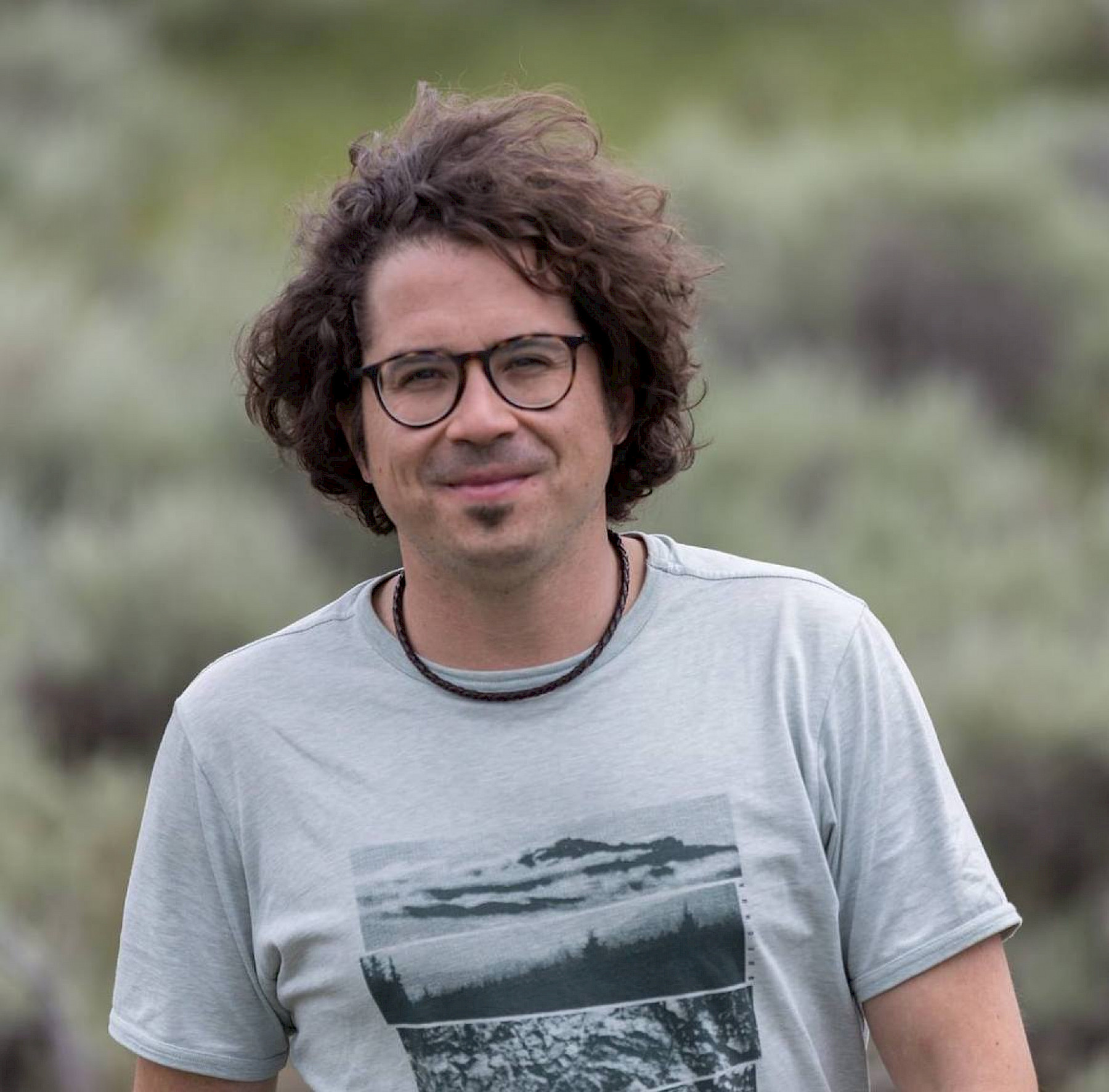Study of the University of Coimbra suggests new sustainable strategy to reduce the olive fly pest
The abundance of olive flies increases in less varied landscapes.
Abridged version in English: Diana Taborda
A study carried out by a team of the University of Coimbra (UC) evaluated the effect of landscape on the Bactrocera oleae (olive fly) and suggested a new sustainable strategy to reduce the biggest pest in olive groves in the Iberian Peninsula, as well as the financial costs that come with the loss of income from this crop.
The researchers who conducted the study (of the Centre for Functional Ecology of the Faculty of Sciences and Technology of the UC) analysed the seasonal population dynamics of the olive pest Bactrocera oleae in several land uses of a typical olive landscape in Central Portugal.
Daniel Paredes, first author of the article published in the Journal of Pest Science explains that the goal of the study was to understand "the effect of the landscape structure on the dynamics of the pest, more specifically to assess the possibility of other land uses by this pest other than olive groves, and to assess the effects of these different land uses. In short, to understand whether diversity in the landscape has a positive impact, i.e. a lower incidence of the pest in olive groves, when compared to a landscape of olive groves only." The abundance of the pest in olive groves increases with a less varied landscape.
According to Daniel Paredes, the results of the study show that "landscape diversification can be used as a strategy that may allow farmers to reduce the abundance of B. oleae and its resulting damage on their crops. These results are extremely important for olive growers, as landscape diversification can reduce the chance of pest outbreaks and avoid the economic costs associated with the loss of crop revenue or the (sometimes excessive) use of insecticides to control pests.”
Furthermore, the researcher from the Centre for Functional Ecology underlines the need for "better land planning (by local/regional authorities) when authorising the growing of new crops (in this case olive groves), in order to maintain a diversified landscape in terms of land use". Paredes wraps up: “We encourage olive growers to promote landscape diversification to reduce the abundance of this pest.”
This study was co-funded by the Centre Regional Operational Programme under the ReNATURE project, by the European Union's Horizon 2020 Programme for Research and Innovation, in the scope of the ECOSTACK project, and by the Portuguese Foundation for Science and Technology (FCT) in the framework of the OLIVESIM project.
The scientific article “Landscape simplification increases Bactrocera oleae abundance in olive groves: adult population dynamics in different land uses”, may be found at: https://link.springer.com/article/10.1007/s10340-022-01489-1.

